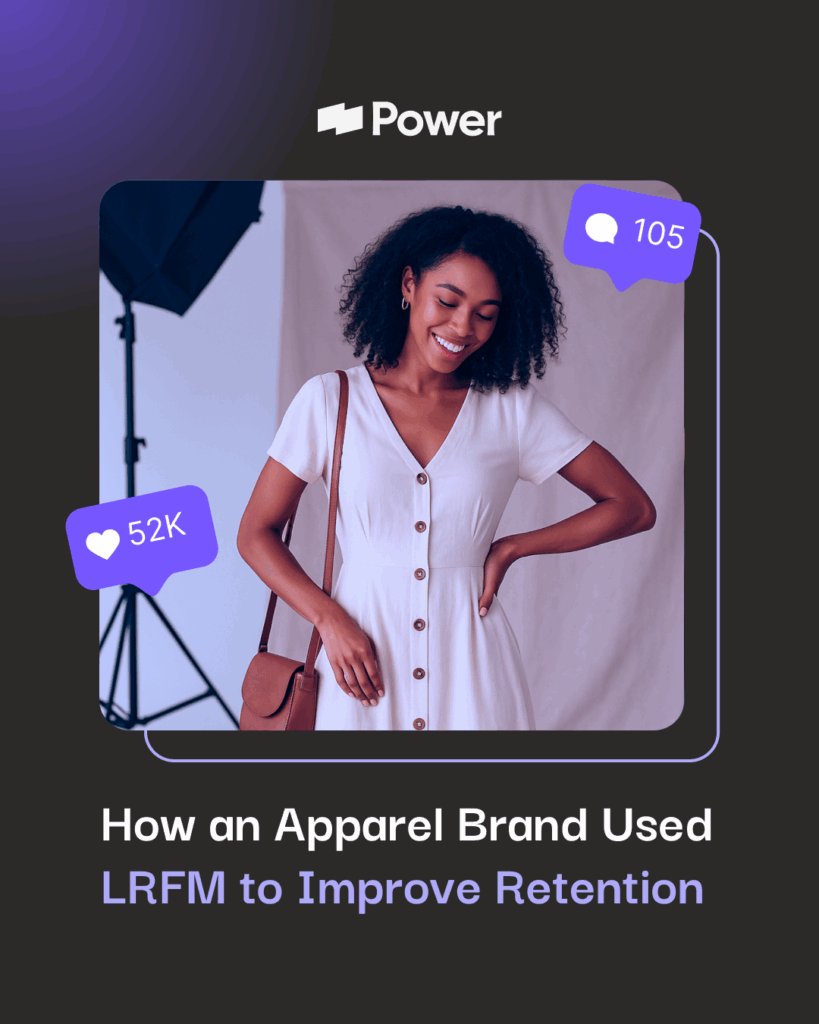Building a brand takes a lot of blood, sweat, and tears. It’s hard work to get your company’s name out there, but how do you know if your efforts are working? Twenty years ago the answer to this question would not have been so simple. Before the Digital Age gained traction in the marketing world, measuring the success of any brand building campaign was difficult—at best.
Imagine mailing out 500,000 direct mail pieces to prospects and then having your manager ask what the return was on the investment. In many cases, it was not even possible to provide an accurate report that included delivery rate, impressions, engagements, and conversions.
Fortunately, for us modern marketers, we have the power of data on our side. As we move forward into an increasingly digital world, the success of our campaigns is becoming easier to measure. Need proof? Out-of-home advertising is becoming smarter—to the point where ad screens in NYC subways know when someone is looking at them. That data then gets documented and downloaded for ad purchasers to see.
As technological capabilities advance as we move into the Digital Age, we’re not only able to measure the overall success of our brand building campaigns, but we can do some on an increasingly granular level. But before we get too far ahead, let’s map out what brand building is and how modern marketers can determine the best ways to track the success of these campaigns.
What Is Brand Building?
For those who may not be familiar, brand building is when a company seeks to enhance their brand’s image or equity via strategic marketing and ad campaigns. Promotions, PR stunts, sponsorships, and thought-leadership are all examples of brand building campaigns in action.
This is, arguably, one of the most critical aspects of developing and building your business. Your brand defines the company from the inside out, providing your customers, prospects, and employees with a clear picture of who you are and what you do.
Why The Digital Age Is The Best Thing To Happen To Brand Building
The Digital Age has added a complex layer to brand building that just wasn’t possible twenty years ago. A company’s presence can now be found on a number of digital channels whether it’s through apps, social media pages, websites, and video games. And all of these digital channels allow a company to cast a wider net in terms of customer touchpoints which can then be used to track overall campaign effectiveness.
Burt’s Bees, for example, has a YouTube channel where they feature a variety of brand-building videos that range from showing users how to use their products to beekeeping practices used around the world. The company can monitor how many times a video was watched, shared, downloaded or commented on. They can see where traffic was coming from and if users clicked to the Burt’s Bees website after the video. These types of capabilities were non-existent in the pre-digital era. During those days, the most popular way to air company videos was to pay for a 30-second commercial slot on cable TV and hope for the best.
Set goals and benchmarks
Before beginning any brand-building campaign, it’s important to first determine the campaign’s goals. What would success look like for this particular campaign? Are you trying to raise brand awareness or do you want your campaign to result in a specific action? The simple exercise of exploring these options and parameters will help you develop a richer analysis of your efforts. Keep in mind that the more detailed you get in terms of goals and benchmarks, the better.
Let’s say, for example, that you want to send out your company’s freshly re-branded newsletter. Many marketers would fall into the mistake of sending the newsletter out and seeing what happens. But, much like the importance of a hypothesis in a science experiment, your first priority should be to set certain benchmarks or goals for this campaign. Once the campaign is complete, you can revisit these goals to see just how the campaign measured up to expectations—providing you with a better idea of what you can do to improve for next time.
You’ll also want to include competitor data in your benchmarks. While it’s important to measure the success of your campaign from an internal perspective, where are you in regards to the competition? Are you aware of the number of downloads their app has? Has their latest campaign resulted in a spike of followers on social? Knowing what you need to do to remain competitive will add yet another layer of complexity to how you measure the success of your brand building campaigns.
Harness the power of data
Measuring the success of any campaign comes to down to data. Fortunately, in the Digital Age where products are becoming smarter and consumer’s time online continues to increase, marketers have a plethora of data they can take advantage of.
In today’s ever-online world, you can monitor brand activity across all channels in order to gauge engagement and reach. Analytics can be used to gain insight into demographics, interest, and awareness. You can then use this information to discover new areas of opportunity.
Data can also be used to test campaigns and content. A/B testing content can yield impressive insight and enable your company to create smarter campaigns.
So, if you’re ready to start using digital means to further measure the success of your brand building initiatives, you’ll want to first define your Key Performance Indicators (KPIs). Some of the most common KPIs include:
- Landing pages
- Visits
- Clicks
- Engagement
- Bounces
- Downloads
- Time spent on page
- Social channels
- Views
- Shares
- Comments
- Impressions
- Engagement
- Mentions
- Email campaigns
- Open rate
- Click-through rate
- Split test results
- Apps
- Downloads
- Use
- Reviews
- Lifetime Value
- Retention rate
- Session length
This is only the tip of the iceberg when it comes to analysis. Each brand has different needs when it comes to which metrics impact the bottom line. Make sure you define yours accordingly.
Analyze data and KPIs in context
Collecting data for the sake of collecting is never a good practice.
In order to truly measure the success of your brand building campaign, then you must look at your defined metrics in context. If, for example, you built a campaign around a new AR experience in the app, you don’t want to only focus on app downloads. Instead, you want to put that stat about app downloads into context. Did users delete the app the next day? Did your average review rating drop? Did the session length time increase? Answering these types of contextual questions will provide you with a much more complete picture of the campaign’s overall success.
Listen to chatter
These days, if you want to know if people are buzzing about your brand-building initiatives, all you need to do is search online for what’s being said.
Are people mentioning your company by name on social media? Was there an increase in DMs, shares, or retweets? Are SEO rankings experiencing a spike? Factor these aspects into your overall campaign results.
Also, you’ll want to continually audit reviews to make sure customers are sharing positive experiences that represent the mission and value of the brand. Prospects will check out these reviews when they are in the consideration phase of the buyer’s journey.
In fact, in 2013, GE Capital Retail Bank’s second annual Major Purchase Shopper Study revealed that 81% of consumers do online research before making a purchase. So, if you want to ensure the success of your brand building campaign, you’ll want to monitor—and, when necessary, improve—the public feedback your company is receiving from current customers.
Wrapping Up
Measuring the success of brand building campaigns is no longer a challenging feat. The days of throwing campaigns out to the public and hoping something sticks are over—but only when you have the right digital strategies in place. Whenever launching any type of brand building campaign, make sure you are outlining specific goals and benchmarks, and measuring and analyzing the results in context. The result will be a richer, more complete picture of the success of your efforts.







